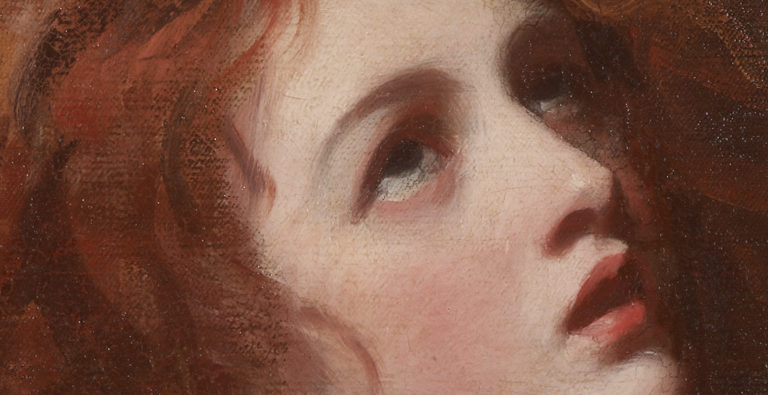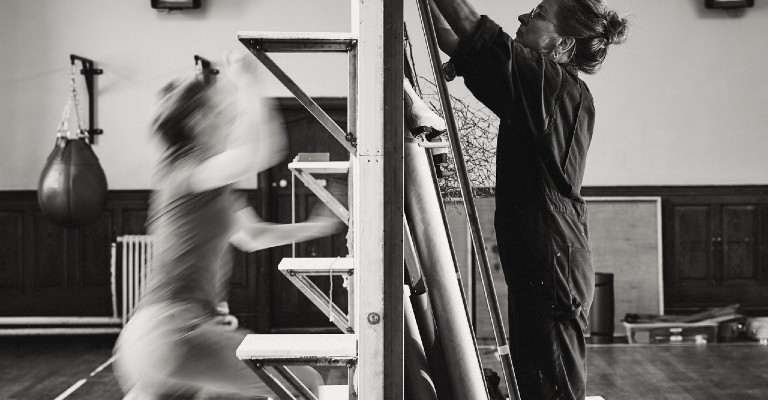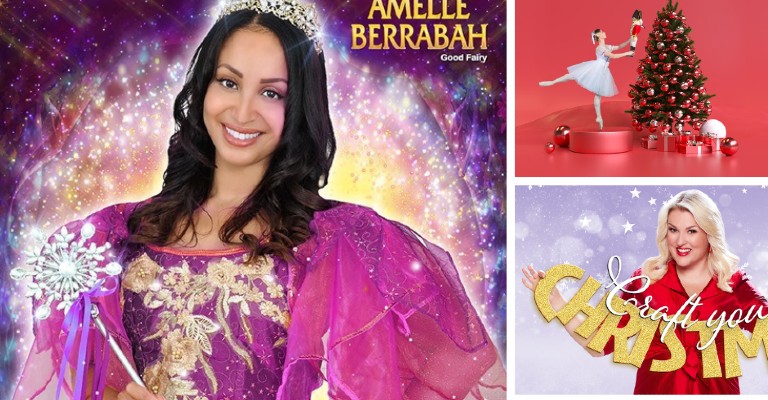English Rose – Feminine Beauty from Van Dyck to Sargent
@ The Bowes Museum
Book Now
01 September 2016 - 25 September 2016
All day
Included in admission
The concept of the ‘English Rose’ will be celebrated in a major new exhibition this summer. The catalyst for The English Rose – Feminine Beauty from Van Dyck to Sargent – a salute to 400 years of society beauties – is a portrait recently acquired by the Museum via Arts Council England, in lieu of inheritance tax from the estate of the Duke of Northumberland.
Olivia, Mrs Endymion Porter, by court painter Van Dyck, was painted c1637, when the artist was at the height of his career. One of his finest female portraits, it depicts Mrs Porter, a lady-in-waiting to Queen Henrietta Maria (whose portrait also features in the show) in loose undress and pearls displaying the ‘careless romance’ that is evident in many of Van Dyck’s images.
Whilst this is an intimate domestic portrait commissioned by her husband, it also demonstrates his wealth, status and prestige by the fact that he could afford to engage the King’s painter.
The exhibition’s themes centre on the artists represented, their sitters and fashions, and will follow a chronological order from the 17th to the 20th Century. Alongside The Bowes Museum’s two Van Dyck’s will feature paintings by Gainsborough, Reynolds, George Romney, John Singer Sargent and Peter Lely, loaned from galleries around the UK including the National Gallery; the V&A Museum, London; Dulwich Picture Gallery; The Holburne Museum, Bath, and the National Galleries of Scotland.
Many of the sitters are as famous as those engaged to paint them. Mrs Sarah Siddons, the outstanding ‘tragic’ actress of her time, most famous for her dramatic portrayal of Lady MacBeth, reportedly had Gainsborough experiencing difficulties with her nose, leading him to exclaim ‘Confound the nose, there’s no end to it’.
Fascinating beauties Elizabeth and Mary Linley, part of the famous 18th Century musical family known as ‘The Nest of the Nightingales’, also sat for Gainsborough, in the only known painting depicting both sisters together. The former had a colourful life; betrothed to a man of her father’s choice, a duel was fought between him and a then penniless Richard Brinsley Sheridan, soon to become a leading playwright, with Sheridan eventually winning her hand.
Although the sisters’ extraordinary talents saw them perform privately for royalty and publicly at Covent Garden, both were forbidden to sing in public after marriage.
While female artists were thin on the ground in the 17th Century, Mary Beale is represented in a self portrait, c1675; not unusual in those days, as there were few models to sit for them. Holding an artist’s palette, it depicts a woman determined to challenge society’s intended role for her.
Venue
The Bowes Museum
Barnard Castle
County Durham
DL12 8NP
FollowUs
WhatsOn Facebook
Unable to display Facebook posts.
Show error
Type: OAuthException
Code: 12
Please refer to our Error Message Reference.

